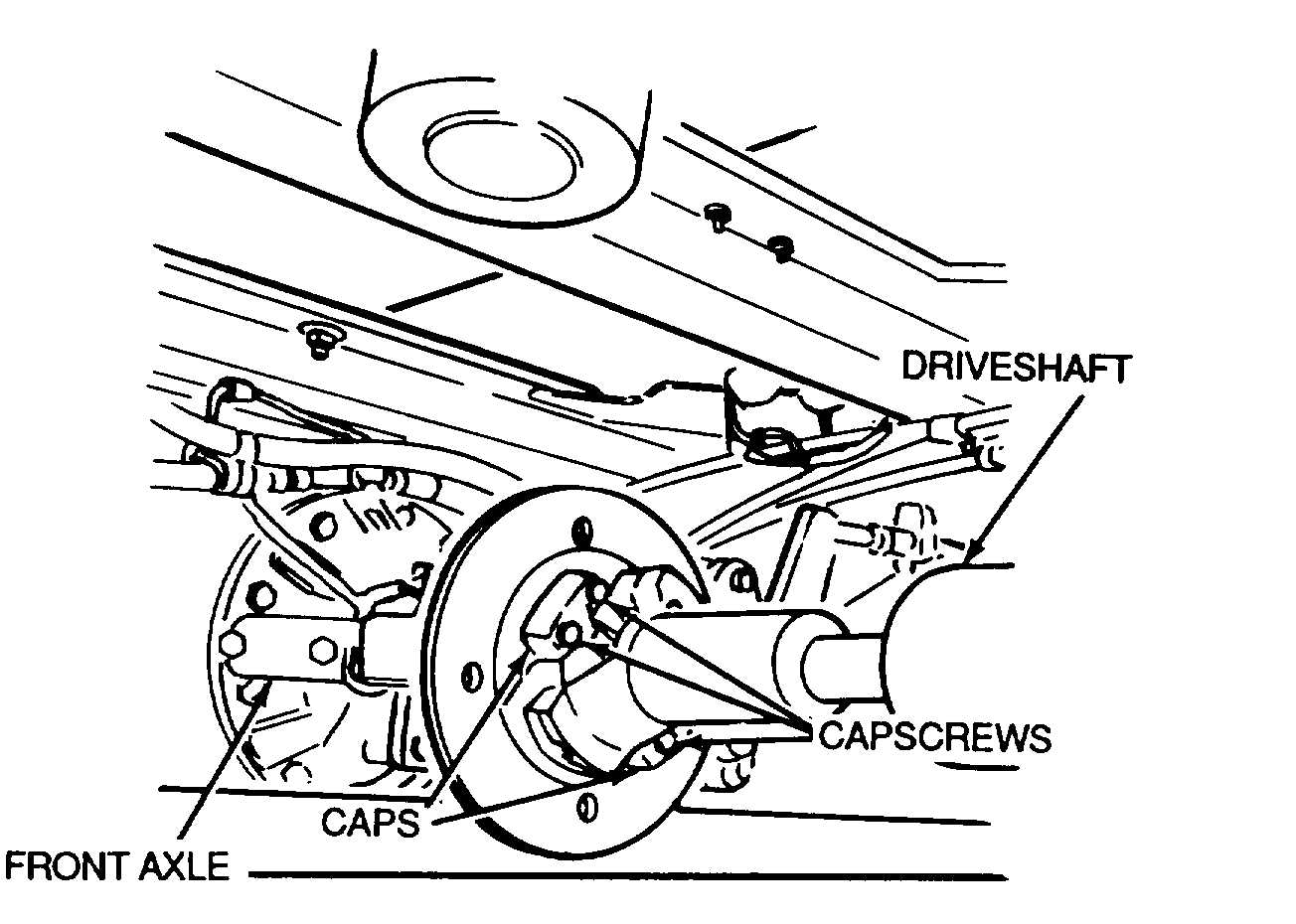TM5-3810-305-10
Section VIII
Transportability
As required by the procurement specification,
provisions are included on the LRT 110 Crane
for highway, air, marine and rail transportation.
Figure 4-60 illustrates the weight distribution and
location of slinging eyes, tiedown lugs and
towing lugs.
Land Transport
The LRT 110 Crane may be driven on public
roads (refer to Vehicular Operation, page 4-18),
Normal transport over highways should be
accomplished by hauling on a flatbed truck or
trailer.
LRT 110 Crane Towing Procedure for
Emergency Recovery Only
Figure 4-59. Driveshaft
This towing procedure is to be used for emer-
gency recovery only, such as a dead engine or
any other breakdown unabling the LRT 110
crane to be moved under its own power. Refer to
page 4-56 of this manual for “Emergency Load
Lowering” to return the LRT 110 Crane to a
travel mode for towing purposes. Do not tow the
LRT 110 Crane in any convoy or troop move-
ment by this procedure. For convoy or troop
movement, transport on a flatbed truck or trailer.
To prepare the vehicle for towing:
1. Position the boom over the front in the travel
position to prevent engagement of rear axle
lockout.
2. Attach the hook block to the hook block
tieback with enough tension to take the slack
out of cable.
C A U T I O
If the LRT 110 Crane is to be
towed a distance of more than 1
mile (1.6 km) and/or at speeds
greater than 3 mph (4.8 km/h),
the front drive shaft must be dis-
connected from the front axle.
As an alternative to disconnect-
ing the drive shaft, if the engine
is operable, the engine may be
started and allowed to idle during
the towing process. This will cir-
culate lubricant in the transmis-
C A U T I O
N
sion, lubricating the clutches
during the towing operation.
When attaching hook block to
Failure to disconnect the drive
hook block tieback, take up cable
shaft or to run the engine will
slowly while lowering boom to
cause internal damage to the
prevent damage to windshield.
transmission as the vehicle is
towed.
4-72

